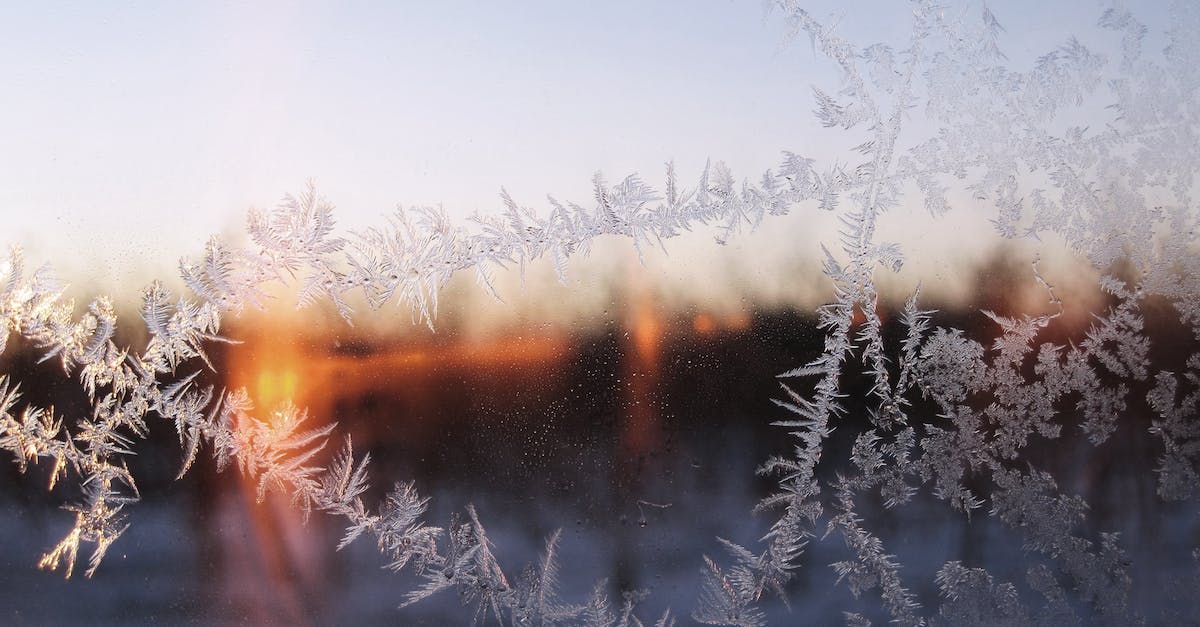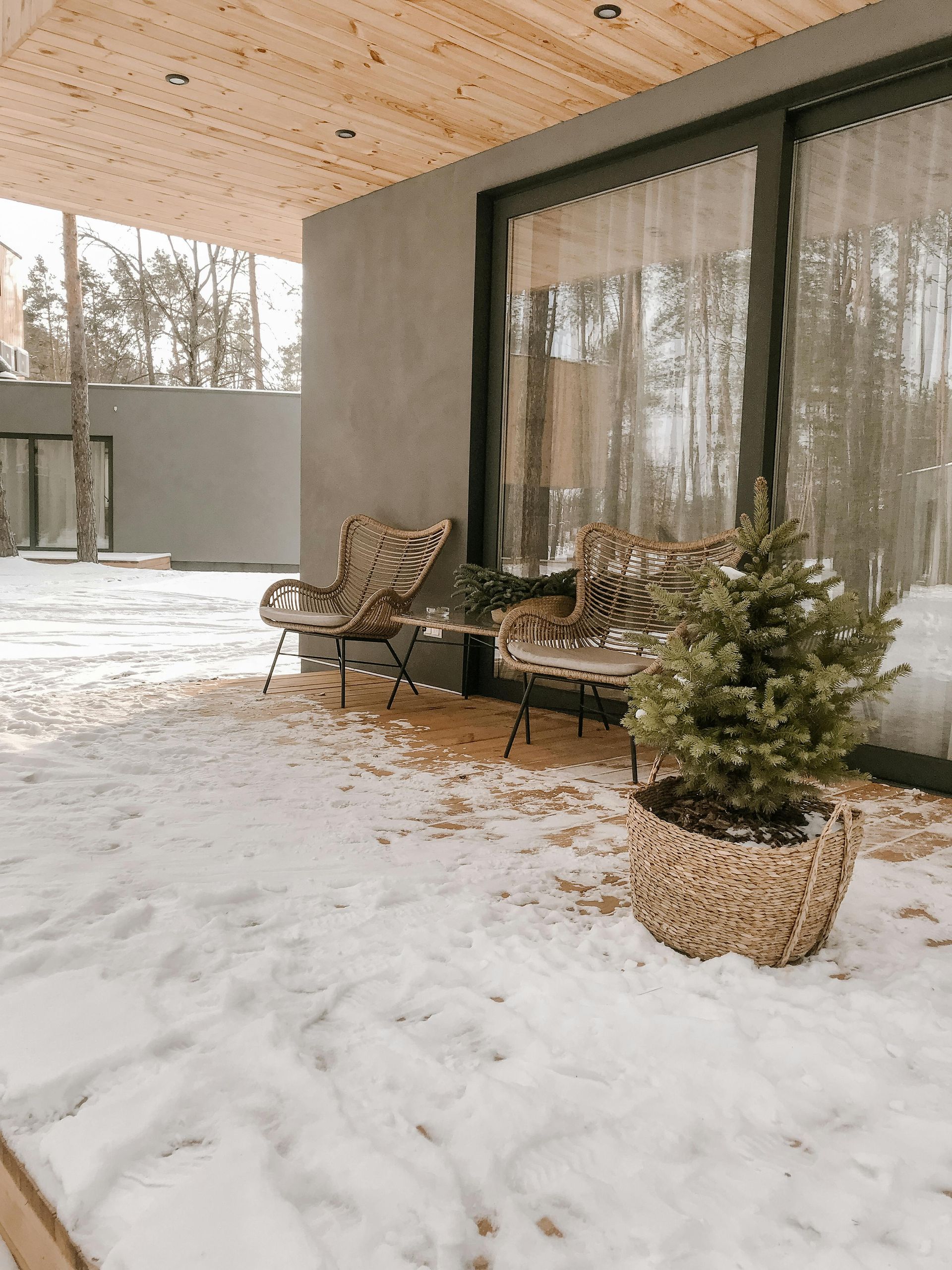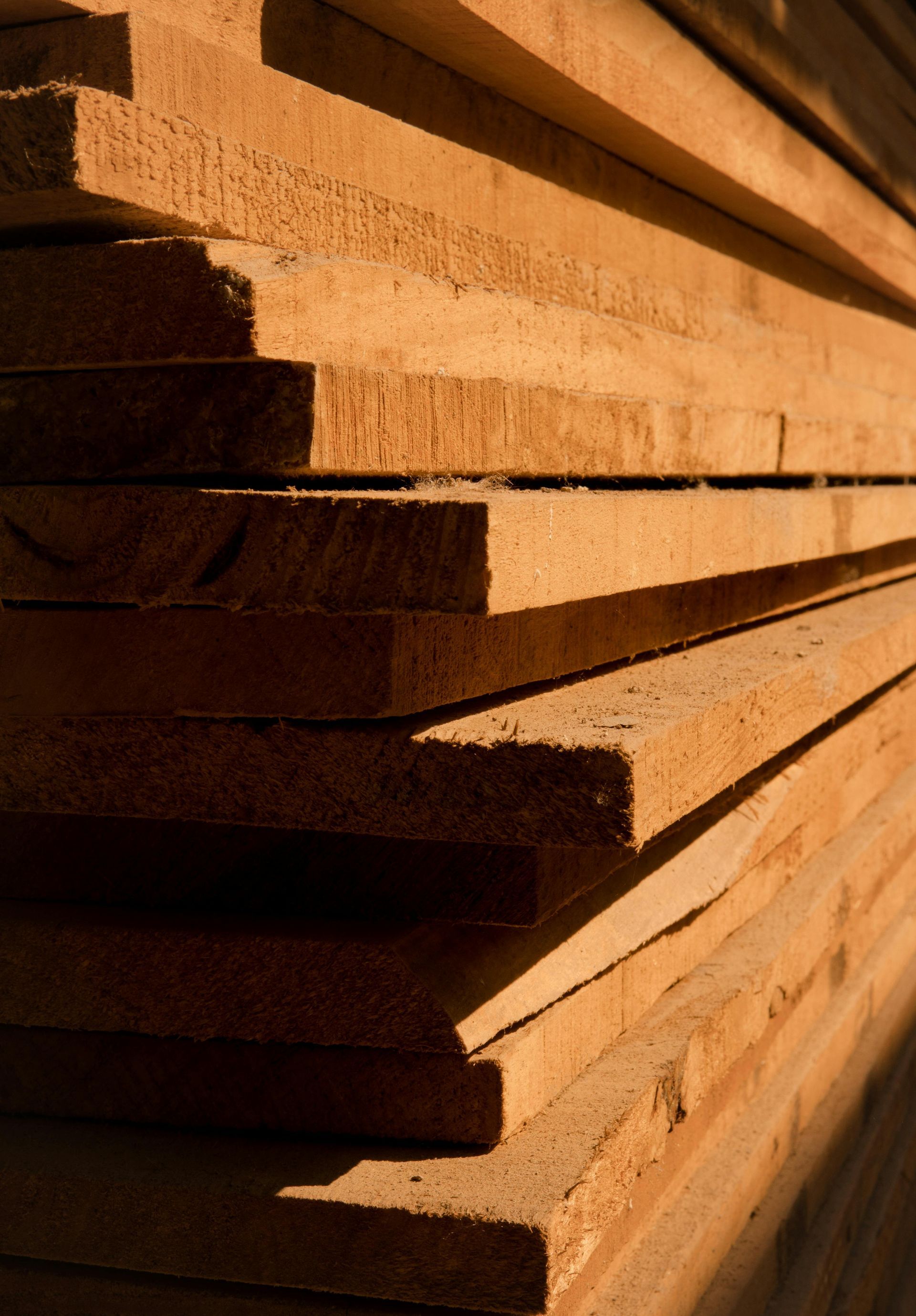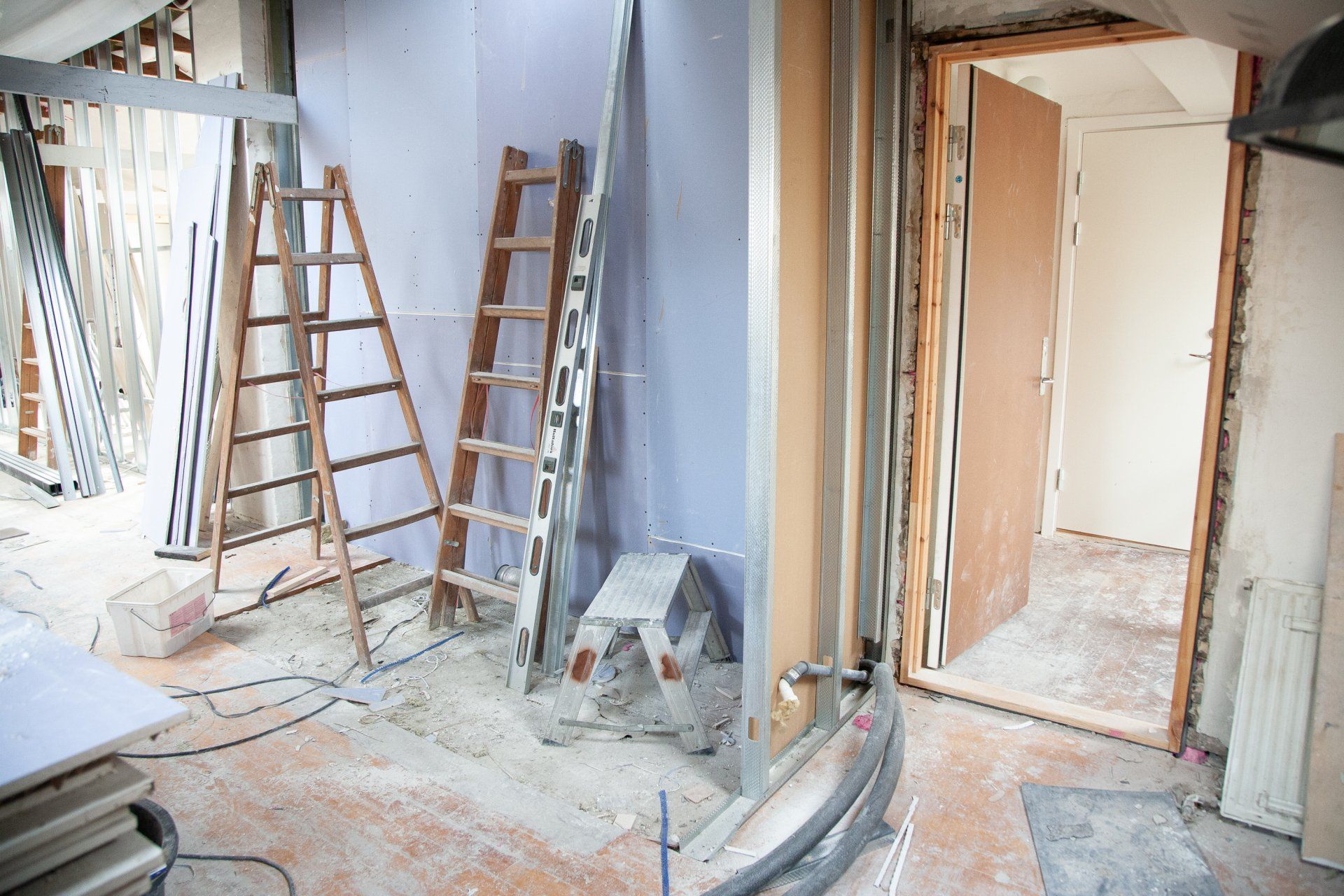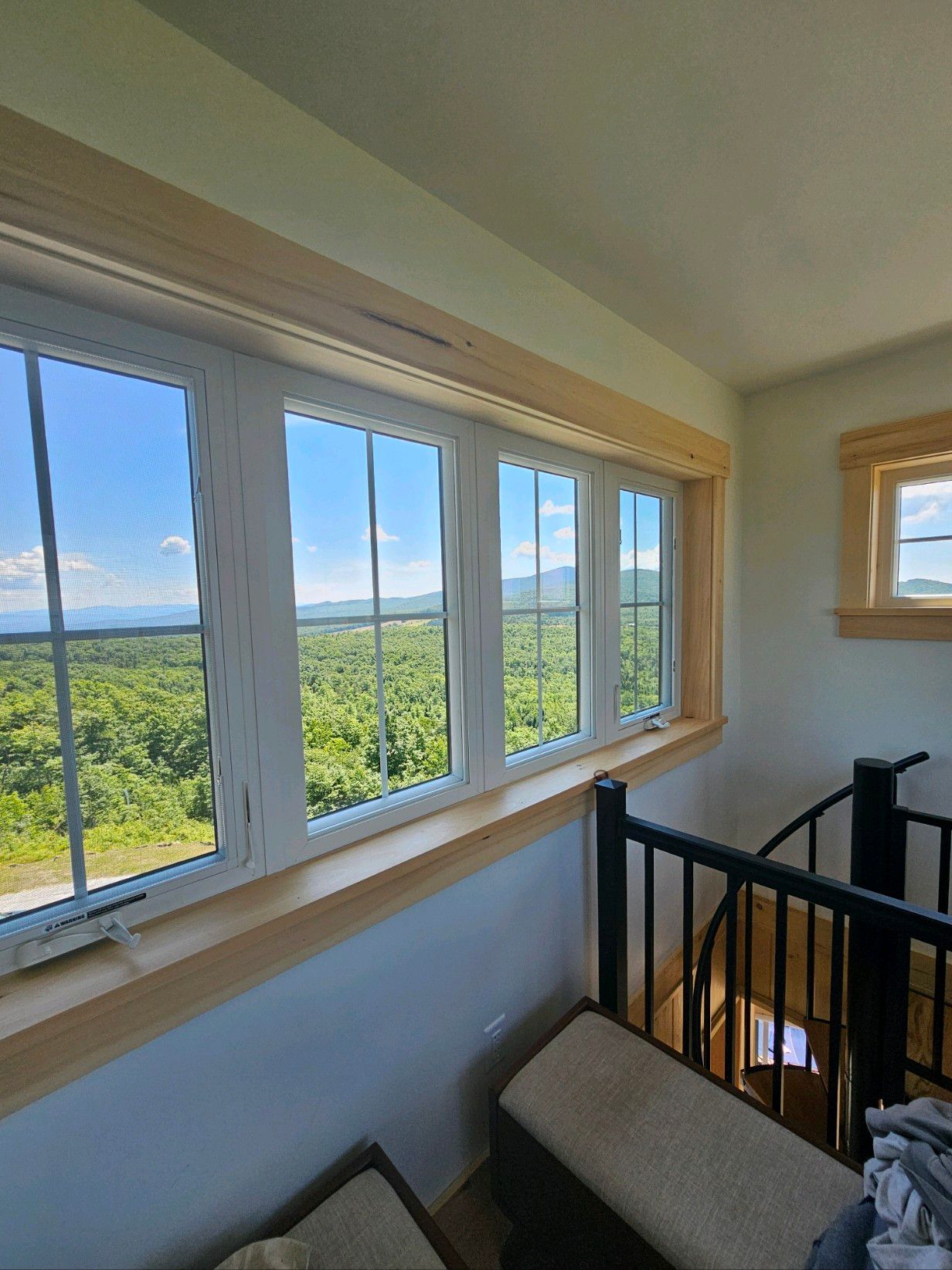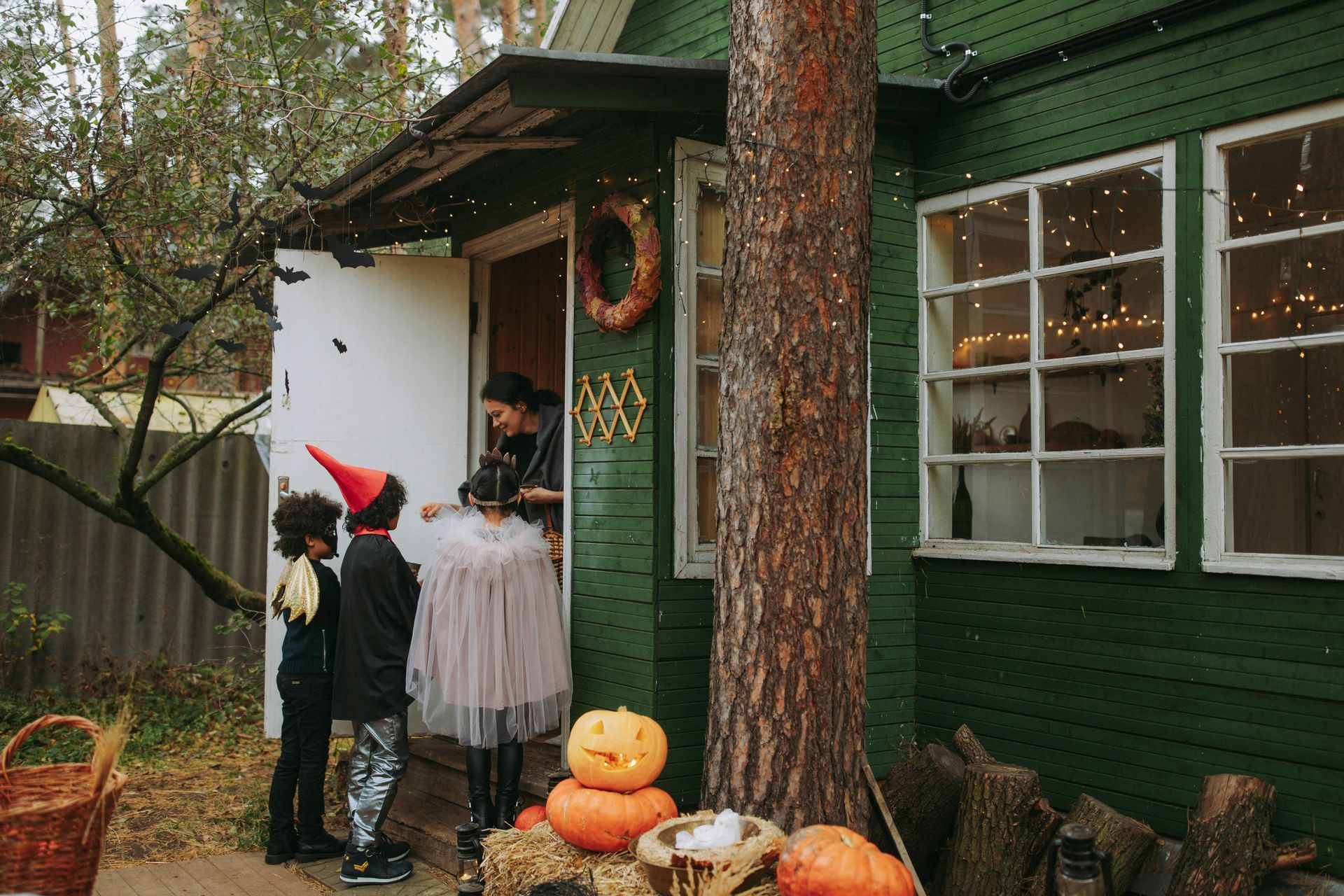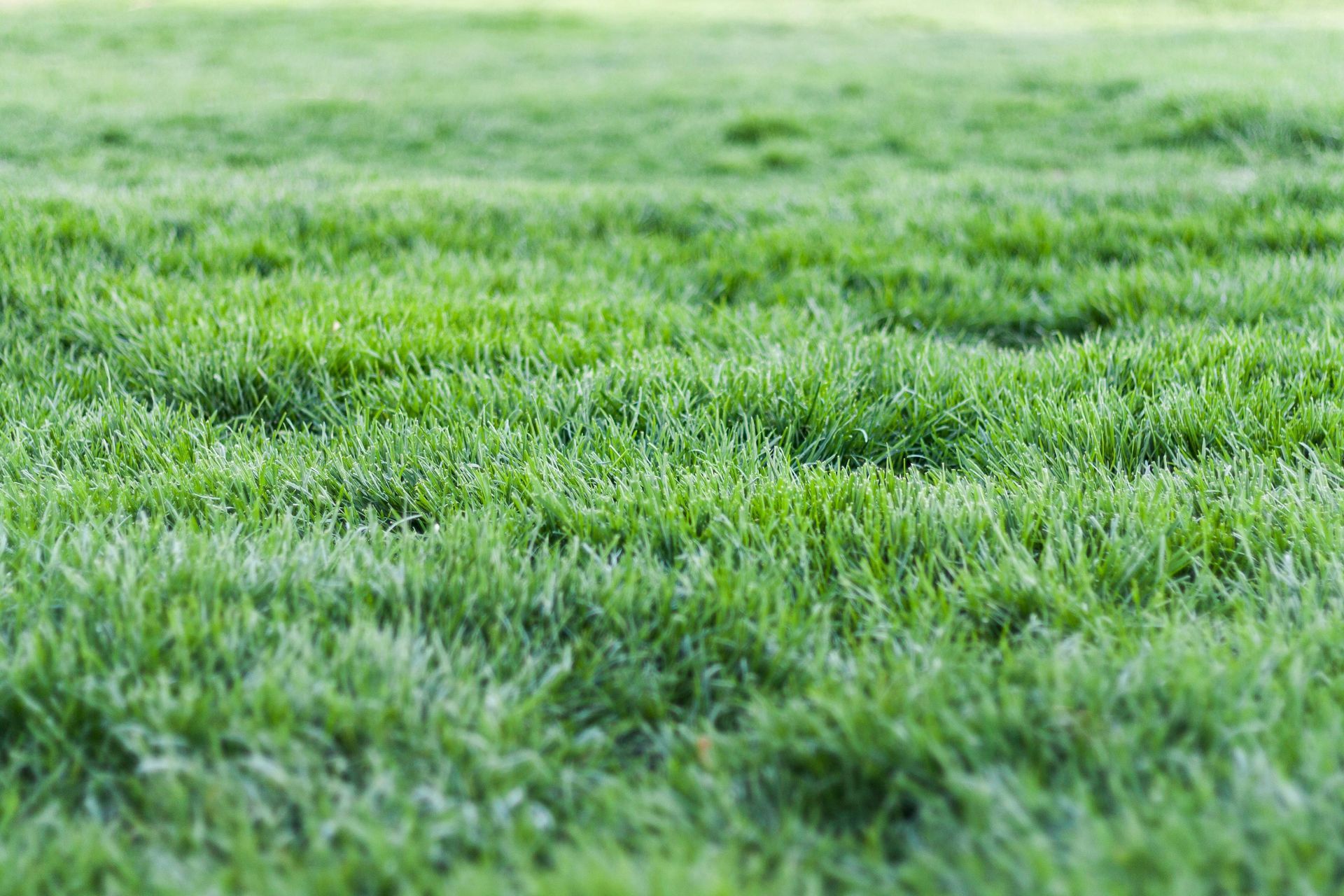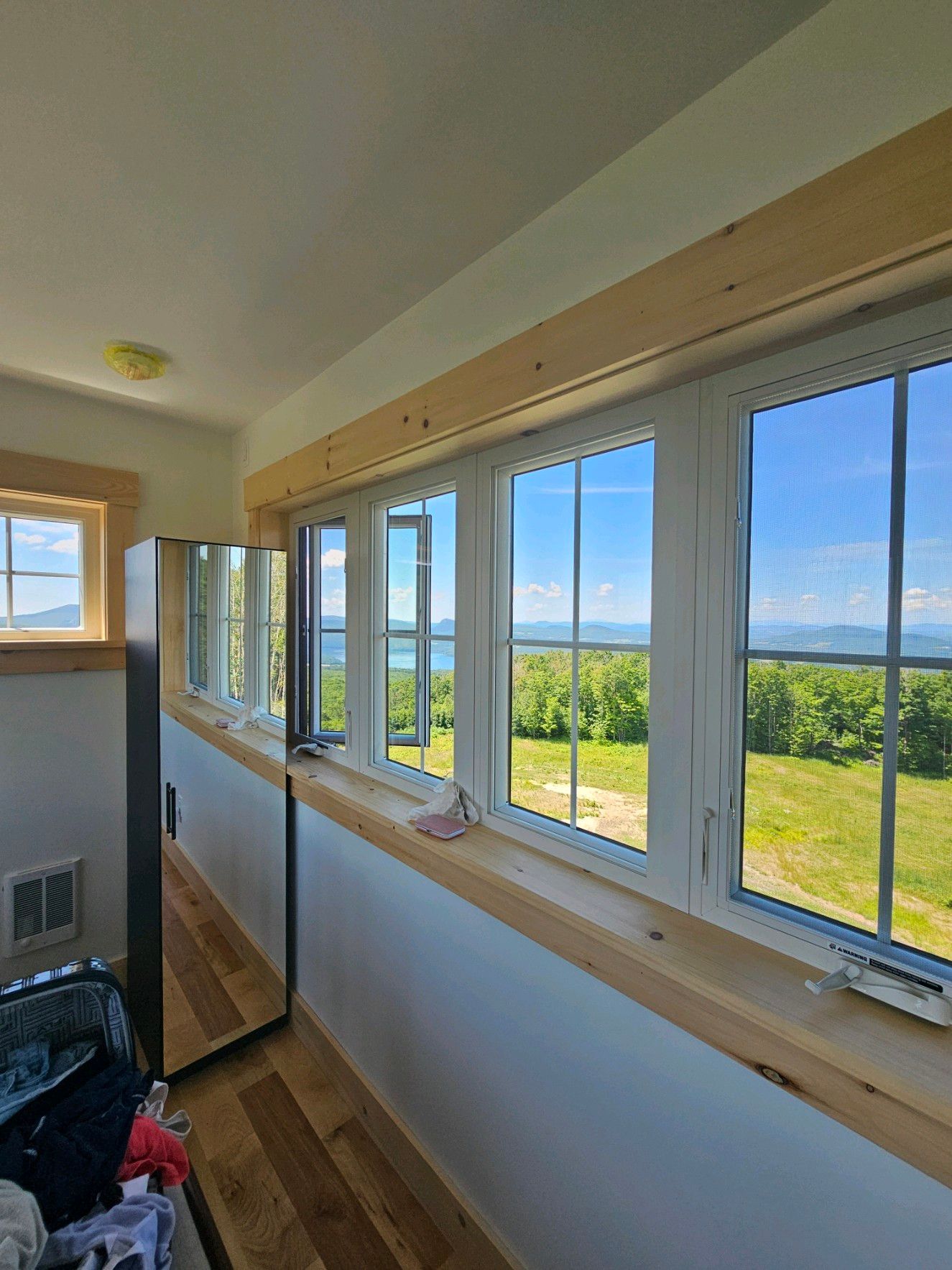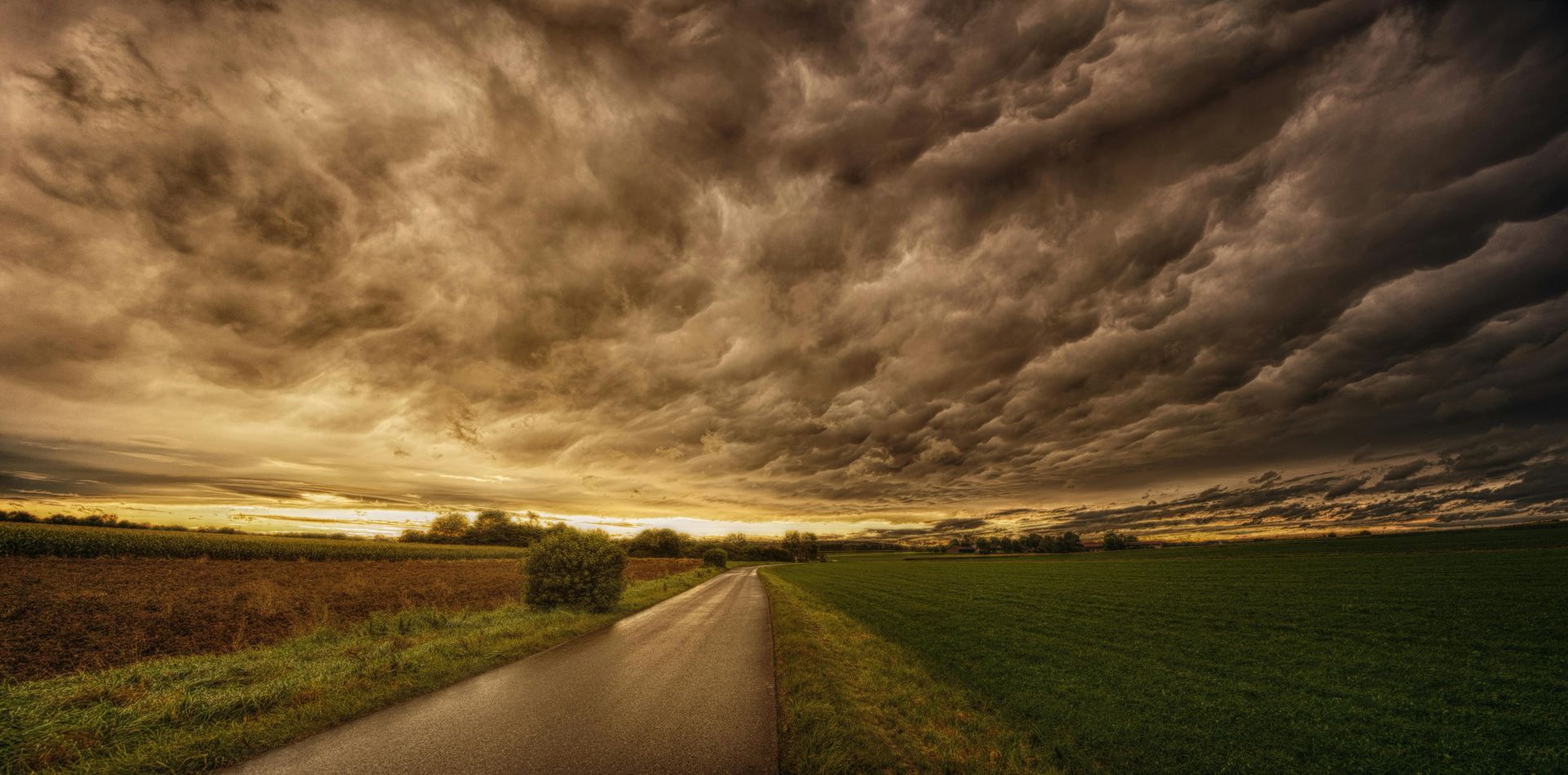An Introduction to Cellulose Insulation
Would it surprise you to learn that cellulose Insulation is the most common building material in the world? It shouldn't, because wood is cellulose, and you'll find more wood used in construction than any other material. You might be tempted to think of cellulose insulation as paper, or even ground-up paper, but in fact it's not. While clean, recycled paper and cardboards form the basis of cellulose insulation, National Fiber processes it back to a fibrous state, bearing no resemblance to the original paper. (The same can't be said for all makers of cellulose insulation, however.)
A little history
Cellulose insulation in Vermont has been around a long time. Thomas Jefferson used a form of cellulose to insulate his estate, Monticello - where construction began in 1769! What we think of today as cellulose insulation has been in wide use since the 1920's, growing dramatically after WWII. The energy crisis of the 1970's and 1980's led to even greater use of cellulose - and the reputation of cellulose as an insulation that would settle in your walls. That's no longer the case, and it hasn't been for a long time, thanks to dramatic improvements in manufacturing and installation techniques.
What's changed?
National Fiber's Cel-Pak is, like most things, a much better product than you could buy in the 1970's. First, it's completely fiberized, which allows for interlocking of the cellulose fibers. Then there's the equipment and techniques used to install it - both radically improved from the 'good old days'.
Today, Cel-Pak is 'dense-packed' in walls at a density of 3.2 - 3.5 lbs of material per cubic foot of space, or more than twice its settled density. This does a couple of things. First, the installation process ensures that cavities are completely filled - no gaps, no voids, no pockets or spaces.
Second, using 3.5 lbs. of material per cubic foot ensures that the material is under slight pressure in the wall cavity. It simply can't settle, because there is no room for it to settle. (Those displays you see at trade shows showing Cellulose Insulation blowing around in a box? They're designed to trick you, using far less material than is installed in the field, so don't be fooled.)
The bottom line
Cellulose has improved in quality and sophistication over time, and it now provides exceptional resistance to fire, moisture, mold, and vermin. No other insulation can claim these benefits and also provide the superior thermal and sound insulation that comes naturally to cellulose.
Click here to watch how Cellulose Insulation is made .
Information provided by National Fiber VIA: NationalFiber.com
Cellulose insulation is made from recycled wood fibre, primarily newspaper. One hundred kilos of cellulose insulation contains 80 to 85 kilos of recycled newsprint, partly solving a major waste disposal problem for cities.


